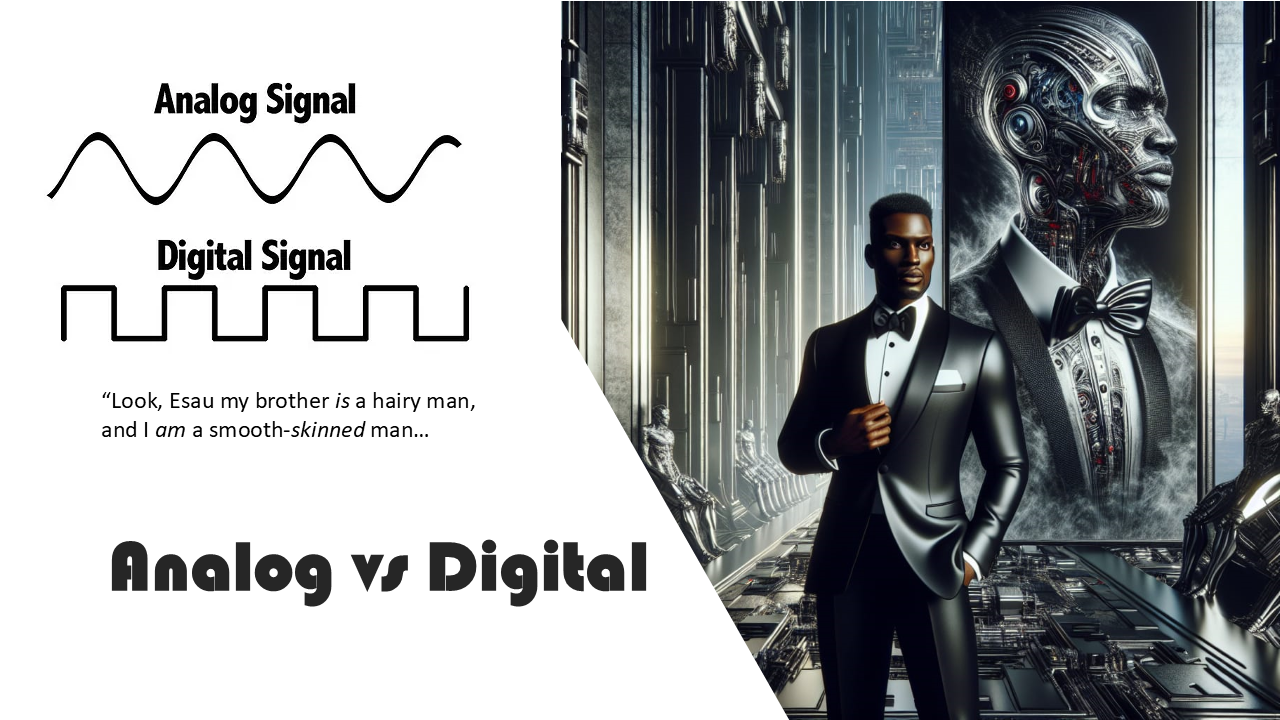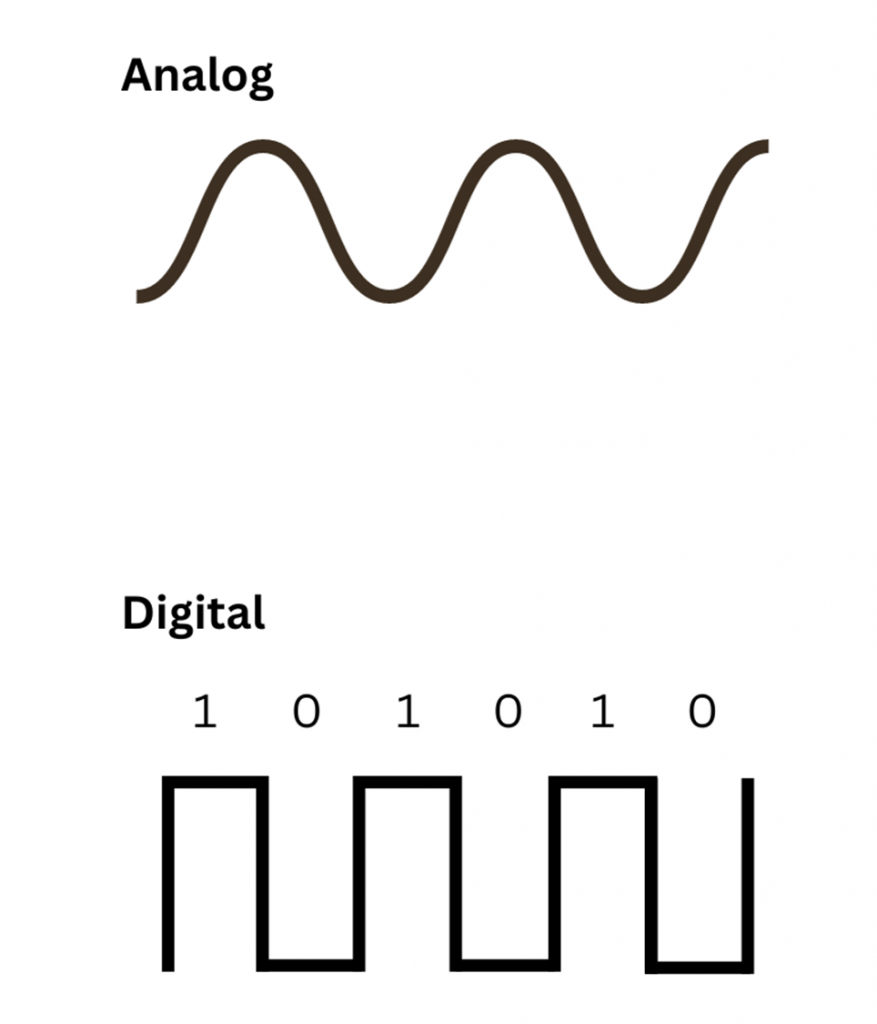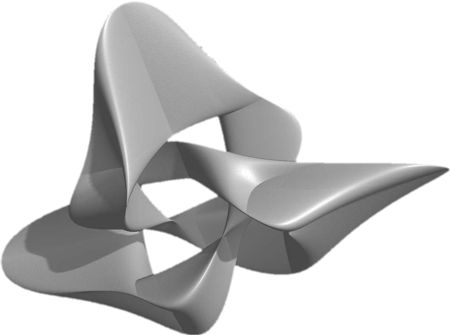
Signal Match: Analog vs Digital
These days when people discuss the differences between analog and digital, they’re usually comparing old technology with newer technology.
Like comparing a vinyl album to a streaming music service.
Slower vs faster – Relevant vs Obsolete, Discrete vs continuous.
However, in technical terms analog and digital are simply two kinds of signal transmission.
What is a signal?
In simple terms, a signal is a means of transmitting data, such as sound, video, or text, from one point to another. Signals can take the form of electrical currents, light waves, or radio waves, depending on the medium through which they are being transmitted.
Signals are used in a wide range of applications. For example, in telecommunications, signals are used to transmit voice calls, text messages, and internet data between devices. In the field of audio and video production, signals are used to capture and reproduce sound and images with high fidelity. Signals are also utilized in various industrial processes, such as monitoring temperature, pressure, and other critical parameters.

The difference between digital and analog signals lies in their visual representation and transmission methods.
Digital signals consist of two states: high and low (1 and 0), while analog signals vary continuously in amplitude and frequency.
Analog signals offer a continuous stream of information, while digital signals provide a more efficient and reliable way to transmit data in binary form.

Analog Signals
Analog signals are continuous waveforms that are represented by a smooth, curving line on a graph and can take on any value within a certain range making them ideal for representing real-world phenomena such as sound and light.
Brain Waves are AnalogDid you know your brain is basically an analog radio, constantly broadcasting and tuning in to frequencies that shape your More.
Digital Signals
Digital signals, on the other hand, are discrete, binary signals that consist of only two states: high (1) and low (0). These signals are represented by square waveforms on a graph and are used to transmit data in efficient packets. Digital signals are commonly used in modern electronics such as computers, smartphones, and digital televisions.
These signals are more resilient to noise and distortion compared to analog signals, making them ideal for long-distance transmission and storage. Digital signals are used in modern devices such as computers, smartphones, and digital cameras, where accuracy and reliability are paramount.
Key Differences Between Analog and Digital Signals
- Representation: Analog signals represent data as a continuous wave, while digital signals represent data as discrete values.
- Accuracy: Digital signals are more reliable compared to analog signals, as they are less prone to noise and interference.
- Transmission: Analog signals are better suited for short-distance transmission, while digital signals can be transmitted over long distances without losing quality.
- Storage: Digital signals can be easily stored and manipulated using binary code, whereas analog signals require complex recording techniques for storage.
- Flexibility: Analog signals have the advantage of being able to represent a wide range of values, while digital signals offer better flexibility in terms of processing and manipulation.


